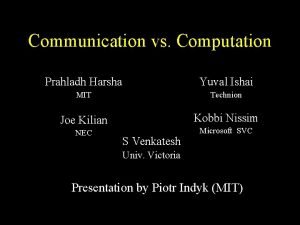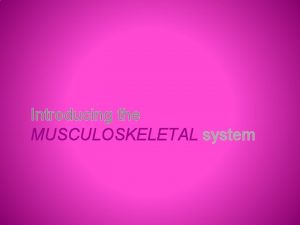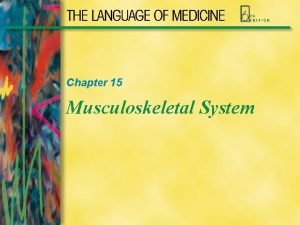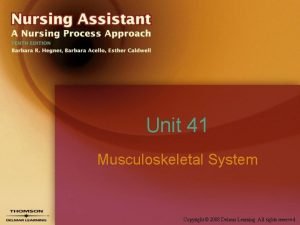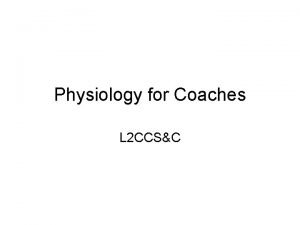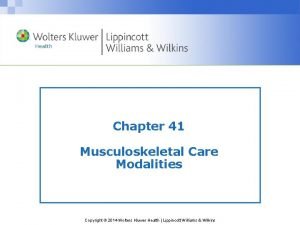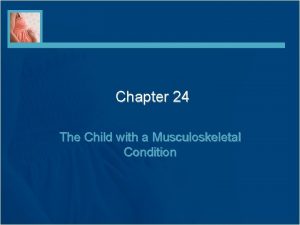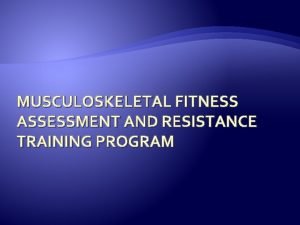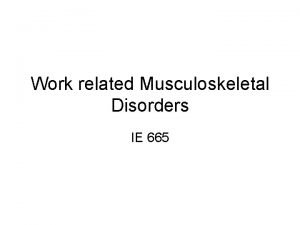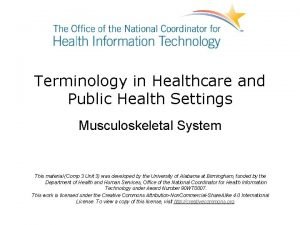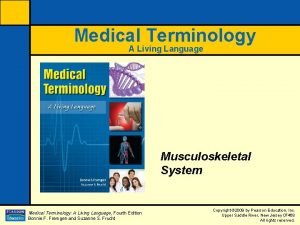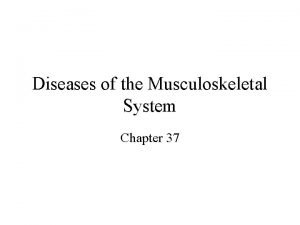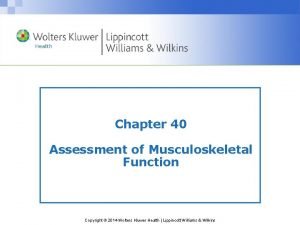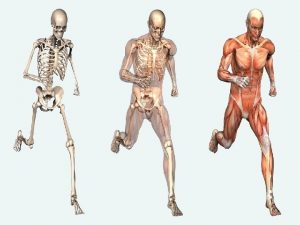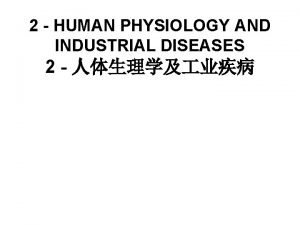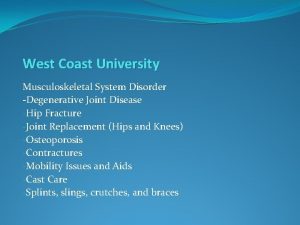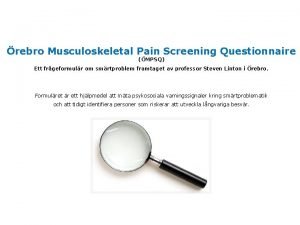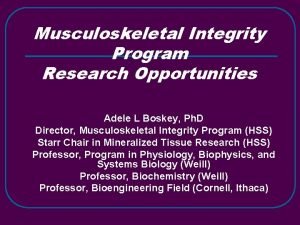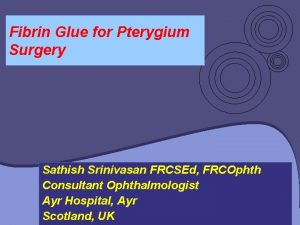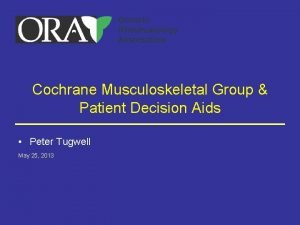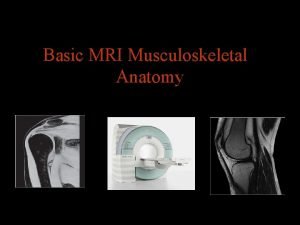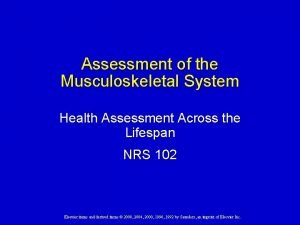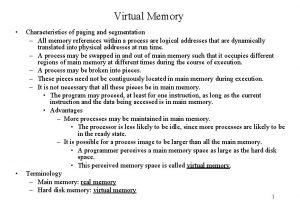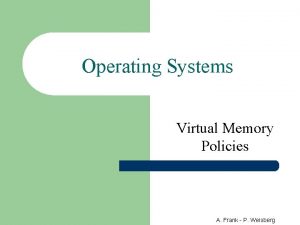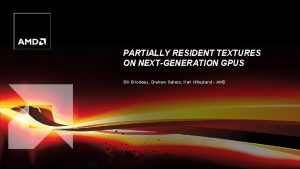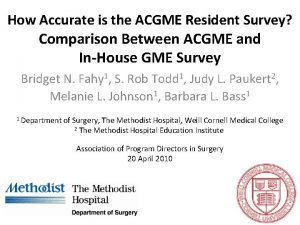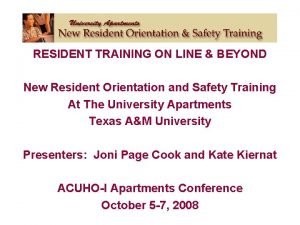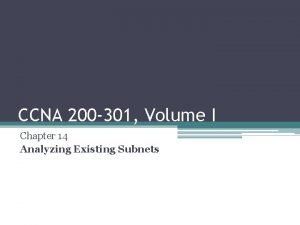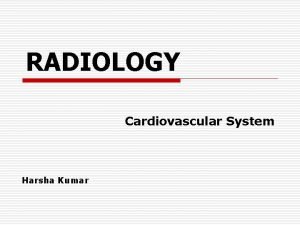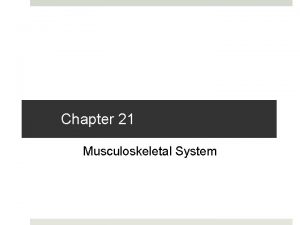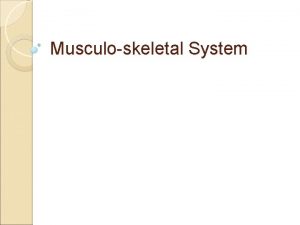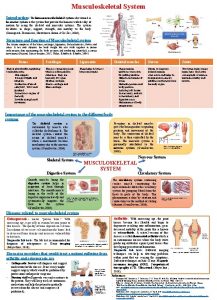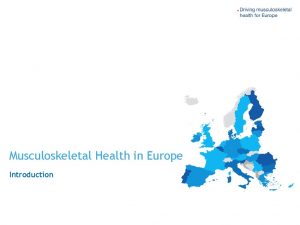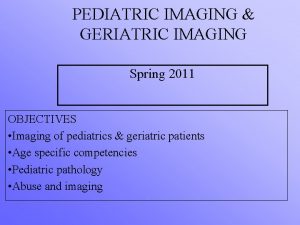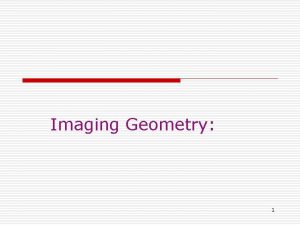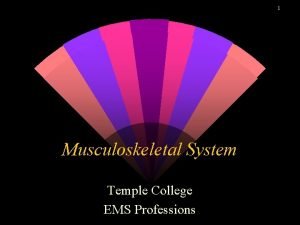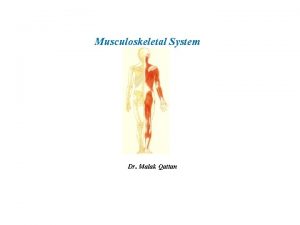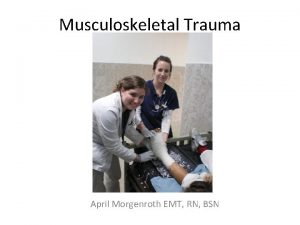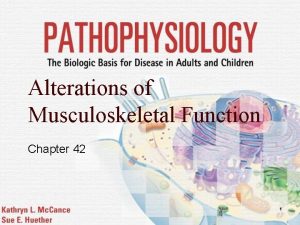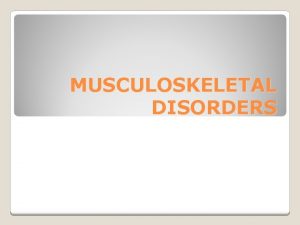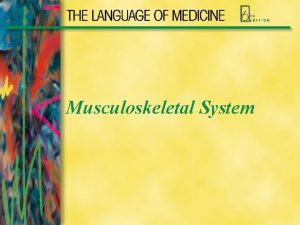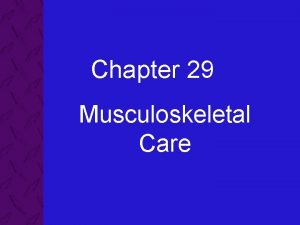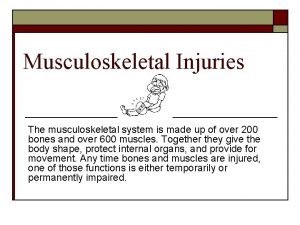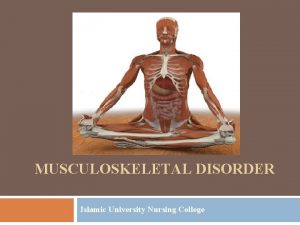Introduction to Musculoskeletal imaging Harsha Kumar Radiodiagnosis resident























































- Slides: 55

Introduction to Musculoskeletal imaging Harsha Kumar Radiodiagnosis ( resident)

Imaging Techniques �Plain x-rays �CT �MRI �Ultrasound �Nuclear Medicine (bone scan)

Plain x-rays For joints like the ankle, elbow or wrist we always take 3 views: AP, lateral and oblique

3 views: AP, oblique and lateral

Advantages of plain x-rays �Quick �Not expensive �Relatively low radiation

Disadvantages of plain x-rays �Not 3 dimensional �Can miss pathology �May still require other imaging studies

CT scanner

This CT shows a fracture through the cunieform

Advantages of CT scanning of the musculoskeletal system �Excellent anatomic detail �Will detect almost all pathology related to cortical bone injury �Great for showing displacement or joint involvement �Now multiplanar

Disadvantages of CT �Expensive �More radiation �Often not necessary

MRI scanner

This is an MRI of the knee There is no radiation used

Advantages of MRI �No radiation �We can slice through the body using any imaging plane �Looks “inside” bone. Marrow evaluation. �MRI is very good for looking at the soft tissues (muscles, ligaments, tendons and cartilage) �MRI is very sensitive in detecting water

MRI shows water (fluid) Effusion

Disadvantages of MRI �Very expensive �Not as good as CT for cortical bone

APPEAR DARK ON MRI � � � Air Cortical bone Tendon Ligament Flowing blood

Normal anterior cruciate ligment

Normal meniscus anterior and posterior horns “bow tie”

Conventional imaging Basic densities


Two views are required

Skeletal anatomy and physiology �Arises from mesoderm Intramembranous ossification ( eg parietal bone ) Enchondral ossification ( eg: femur )

Membranous ossification

Enchondral ossification

Anatomy

Parts of a long bone

Epiphysis �End of growing bone �Undergoes enchondral ossification �Eventually fuses with shaft �Supports the articular cartilage

Epiphyseal plate and physis

Physis �Cartilage growth plate between epiphysis and metaphysis. �Layers of progressively maturing cartilage and developing bone

Metaphysis �Between epiphysis and diaphysis �Most active region of bone �Most common site for tumors and infections

Parts of a long bone

Diaphysis �Between metaphysis and shaft of the bone �Has thickened cortex and decreased medullary space �Contains bone marrow and provides mechanical strength

Diaphysis

Finding a Fracture on X-Ray �Start with soft tissue, look for swelling or fat pad displacement �Examine the cortex along the entire length of the bone �Look for cortical irregularities, buckling, or evidence of impaction

Fracture Terminology � Direction • • of fracture line: Transverse Oblique Spiral Longitudinal � Alignment of fracture: Displacement � Angulation � Comminution � Articular Involvement

Fracture Terminolgy �Open vs Closed: fracture is open when exposed to air (laceration or gross exposure) �Pathologic fracture: implies fracture through weakened bone �Stress fracture: implies misuse or overuse

Path of the Fracture

Normal

Transverse Fracture

Spiral Fracture

Simple vs Comminuted Simple-2 bone fragments � Comminuted-greater then 2 fragments �

Approach to bone disease ( Location )

Osteomyelitis FEATURES � Marked bone lysis � Cortical lysis and sclerosis � Soft tissue swelling � Periosteal reaction

Osteosarcoma � Features � Codman triangle � irregular ill defined margin , wide zone of transition � Periosteal right angle speculation (sunburst) � Adjacent soft tissue mass � Osteoid matrix � Bone destruction

FEATURES � � � Ill defined destructive margins (moth eaten ) Overlying soft tissue mass Expanded cortex with displacement of periosteum ( Codman’s triangle ) Onion peel appearance ( perisoteal reaction)

Giant cell tumor of bone � Eccentric lytic lesions with sharp margins � Multiloculated soap bubble appearance � Bone destruction and cortical disruption

Points to take home � There are distinct advantages and disadvantages to plain x-rays, CT and MRI. � Become familiar with terminology: epiphysis, metaphysis, diaphysis, cortex, medullary cavity � Fracture description requires specific vocabulary � To identify common bone lesion on a plain radiograph.

�Thank you







 Frc control system
Frc control system Harsha ratnaweera
Harsha ratnaweera Harsha ratnaweera
Harsha ratnaweera Prahladh harsha
Prahladh harsha Harsha somaroo
Harsha somaroo Water conflict
Water conflict Harsha ratnaweera
Harsha ratnaweera Harsha ratnaweera
Harsha ratnaweera Harsha garapati
Harsha garapati Chapter 21 the musculoskeletal system
Chapter 21 the musculoskeletal system Musculoskeletal system
Musculoskeletal system Chapter 6 musculoskeletal system
Chapter 6 musculoskeletal system Chapter 15 musculoskeletal system
Chapter 15 musculoskeletal system Unit 41 musculoskeletal system
Unit 41 musculoskeletal system Musculoskeletal system
Musculoskeletal system Contoh soal koding icd 10
Contoh soal koding icd 10 Sakita 1m45
Sakita 1m45 Chapter 41 musculoskeletal care modalities
Chapter 41 musculoskeletal care modalities Buck's extension traction
Buck's extension traction Musculoskeletal fitness test
Musculoskeletal fitness test Work related musculoskeletal disorders definition
Work related musculoskeletal disorders definition Musculoskeletal pronounce
Musculoskeletal pronounce Inversion medical terminology
Inversion medical terminology Diseases of the musculoskeletal system
Diseases of the musculoskeletal system Assessment of the musculoskeletal system
Assessment of the musculoskeletal system Assessment of the musculoskeletal system
Assessment of the musculoskeletal system Musculoskeletal system
Musculoskeletal system West coast musculoskeletal
West coast musculoskeletal Musculoskeletal chest pain
Musculoskeletal chest pain Subcostal retractions
Subcostal retractions Musculoskeletal integrity
Musculoskeletal integrity Thank you pictures for presentation
Thank you pictures for presentation Spine pathology
Spine pathology Musculoskeletal
Musculoskeletal Musculoskeletal surgery ayr
Musculoskeletal surgery ayr Cochrane musculoskeletal group
Cochrane musculoskeletal group Mri
Mri Objective data for musculoskeletal system
Objective data for musculoskeletal system Resident set management
Resident set management Resident retention
Resident retention Placement policy in os
Placement policy in os Taxpayer identification number
Taxpayer identification number Divine intervention biostats
Divine intervention biostats Resident lifecycle
Resident lifecycle Describe the care team and the chain of command
Describe the care team and the chain of command Attending vs resident
Attending vs resident Misappropriation of resident property
Misappropriation of resident property A helpful way for an na to respond to hallucinations is to
A helpful way for an na to respond to hallucinations is to When ambulating a resident should be wearing
When ambulating a resident should be wearing Partially resident textures
Partially resident textures Acgme resident survey
Acgme resident survey Employment of non-resident aliens in the philippines
Employment of non-resident aliens in the philippines Orientation and resident rights quiz
Orientation and resident rights quiz Resident customer service
Resident customer service Define resident flora
Define resident flora Magic mask
Magic mask



